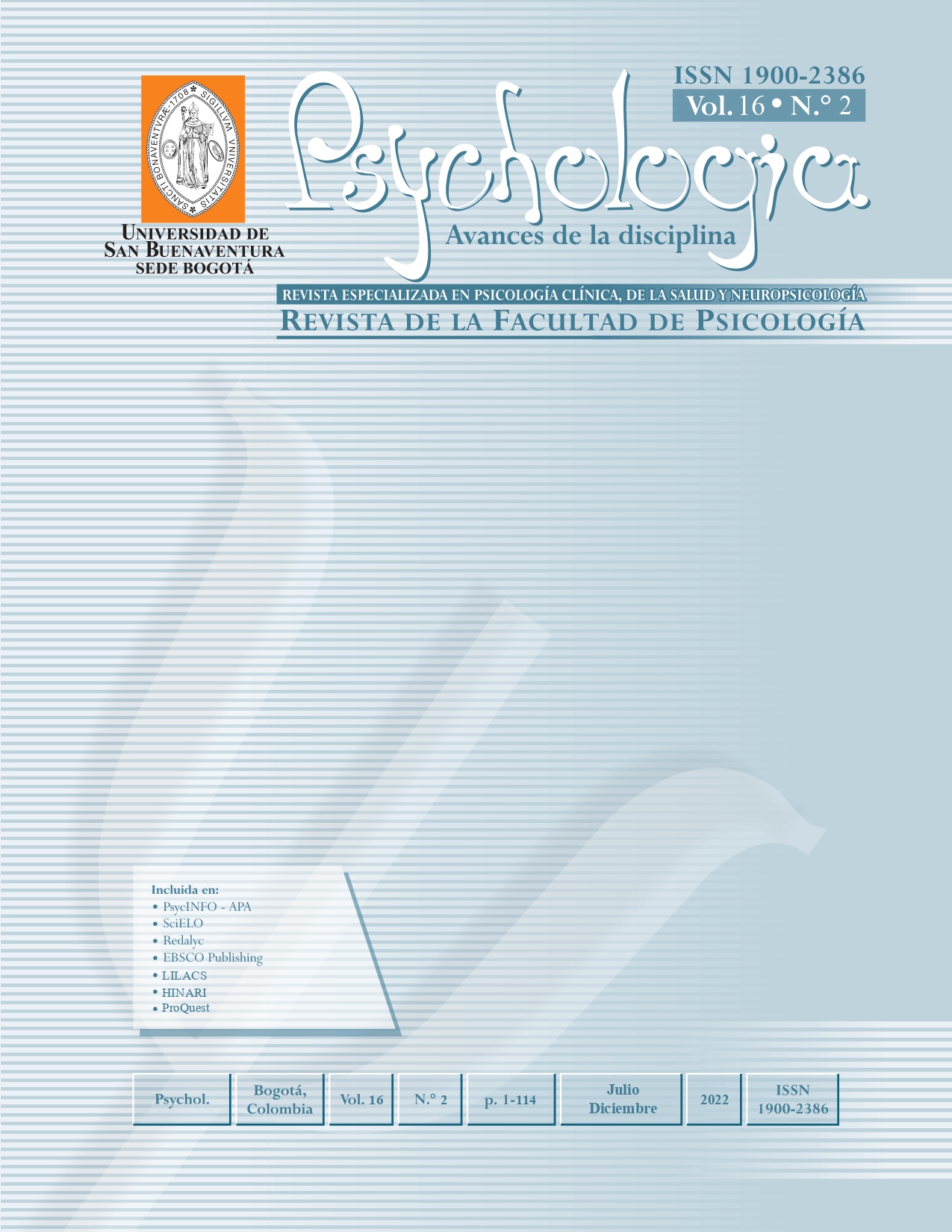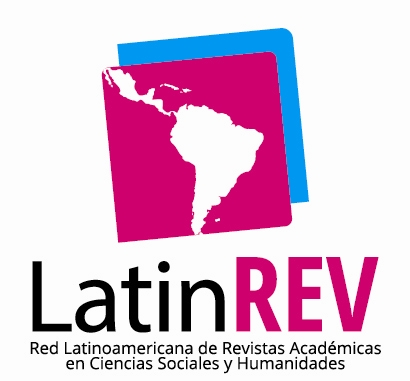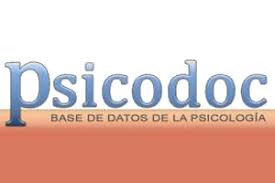This journal provides open, immediate access to its contents, based on the principle that offering the public free access to research helps to promote a higher global exchange of knowledge.
As such, all journal articles are published under a Creative Commons Attribution-NonCommercial-ShareAlike 4.0 International License (CC BY-NC-SA), by which commercial use of the original work or its possible derived works is not allowed, and the distribution thereof must be done with the same license elements regulating the original work.
http://creativecommons.org/licenses/by-nc-sa/4.0/
Abstract
Demographic change in the world, with evidence of the increase in older people, requires professionals linked to their care to implement intervention models in accordance with their needs, related to their functional capacity and promotion of a culture of antifragility. The theoretical construction of what it means to be an older and anti-fragile adult, in a society that assimilates aging with frailty, illness and disability, is an opportunity to present a positive view of health in old age, based on the adaptations to stress in different dimensions that influence the life of this population group, in which physical, psychological and social capital are integrated and influenced, in a process that is related to antifragility and aging as a continuum of life, with gains and losses, whose study will allow having adequate inclusive policies in each stage of life.

 Perfil Google Scholar
Perfil Google Scholar




















